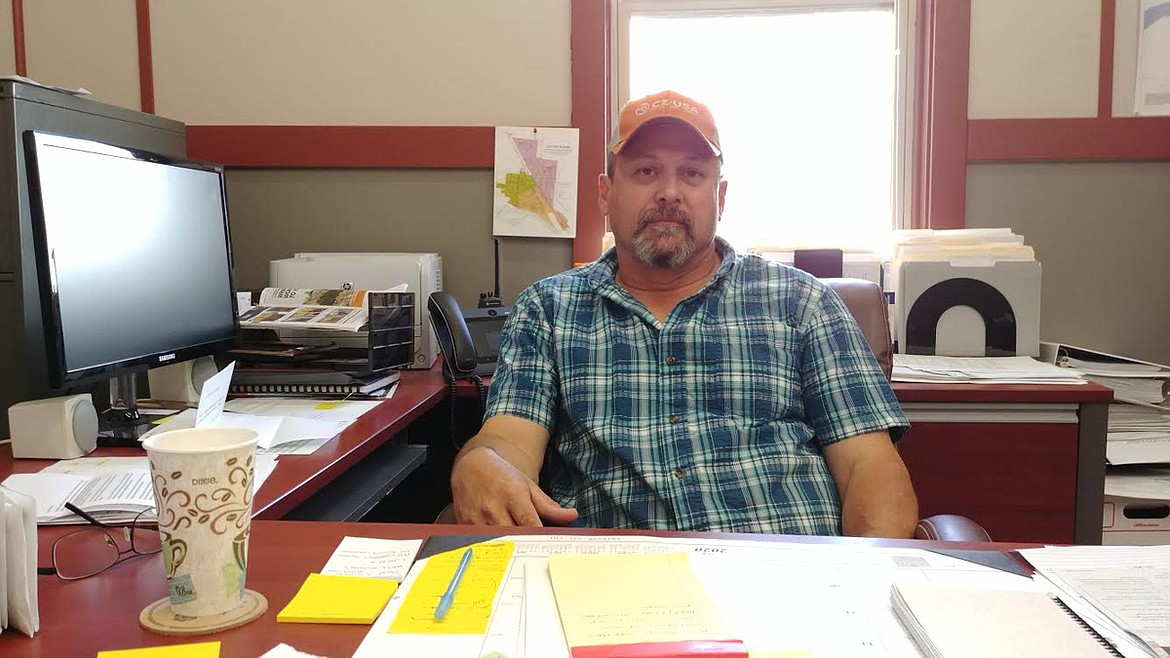Fixing water, sewer systems is uphill battle
While residents in other parts of Sanders County are dealing with sewer and water systems of their own, Plains has been faced with that and more.
And while others have wrestled with those problems, Plains Mayor Dan Rowan has taken them on head-first while at the same time dealing with a meandering river that has threatened the town’s sewage treatment lagoon system for decades...
Become a Subscriber!
You have read all of your free articles this month. Select a plan below to start your subscription today.
Already a subscriber? Login



